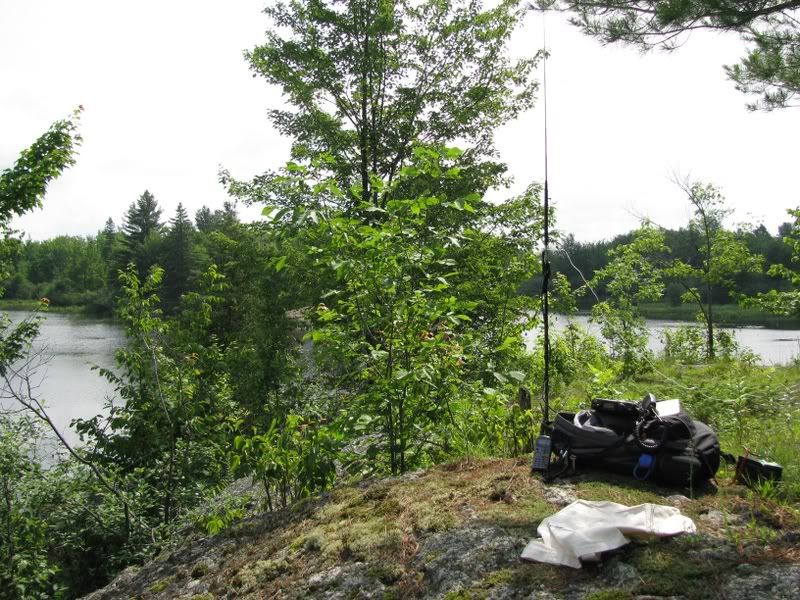SG-237 installation
I have finally purchased a new tuner for my Mobile HF setup. I picked up a used SG-237 antenna coupler locally and installed it in my Ford Winstar mini-van. I was using a LDG RT-11 before, but it is not designed for mobile use and would only tune my 9' whip consistently on 28Mhz, 50Mhz and 18Mhz.
Here is the inside view of the installation from the inside. It is mounted directly to the ball mount in the inside of the read-drivers side of the minivan. Note that the SG-237 ground is attached directly to the ball-mount ground and that there is only about 2.5" of #10 wire between the SG-237 and the ball mount for the RF lead.

Here is the view of the ball-mount from the outside.. looks great!


Initial testing with my FT-857D is very favorable. It tunes in 3-4 seconds on all bands from 6m to 80m!! I made several contacts on 17m and 40m, so I think I am good to go!
Here is the link I found which gave me the idea of mounting the SG-237 the way I did:
http://www.sgcworld.com/237camryinstall.html
Many thanks to Ken, VA3KA, and Rick, VE3CVG, for the advice on setting this up. I am looking forward to many HF mobile contacts!!
Tom
VA3NFA
Here is the inside view of the installation from the inside. It is mounted directly to the ball mount in the inside of the read-drivers side of the minivan. Note that the SG-237 ground is attached directly to the ball-mount ground and that there is only about 2.5" of #10 wire between the SG-237 and the ball mount for the RF lead.

Here is the view of the ball-mount from the outside.. looks great!


Initial testing with my FT-857D is very favorable. It tunes in 3-4 seconds on all bands from 6m to 80m!! I made several contacts on 17m and 40m, so I think I am good to go!
Here is the link I found which gave me the idea of mounting the SG-237 the way I did:
http://www.sgcworld.com/237camryinstall.html
Many thanks to Ken, VA3KA, and Rick, VE3CVG, for the advice on setting this up. I am looking forward to many HF mobile contacts!!
Tom
VA3NFA


















